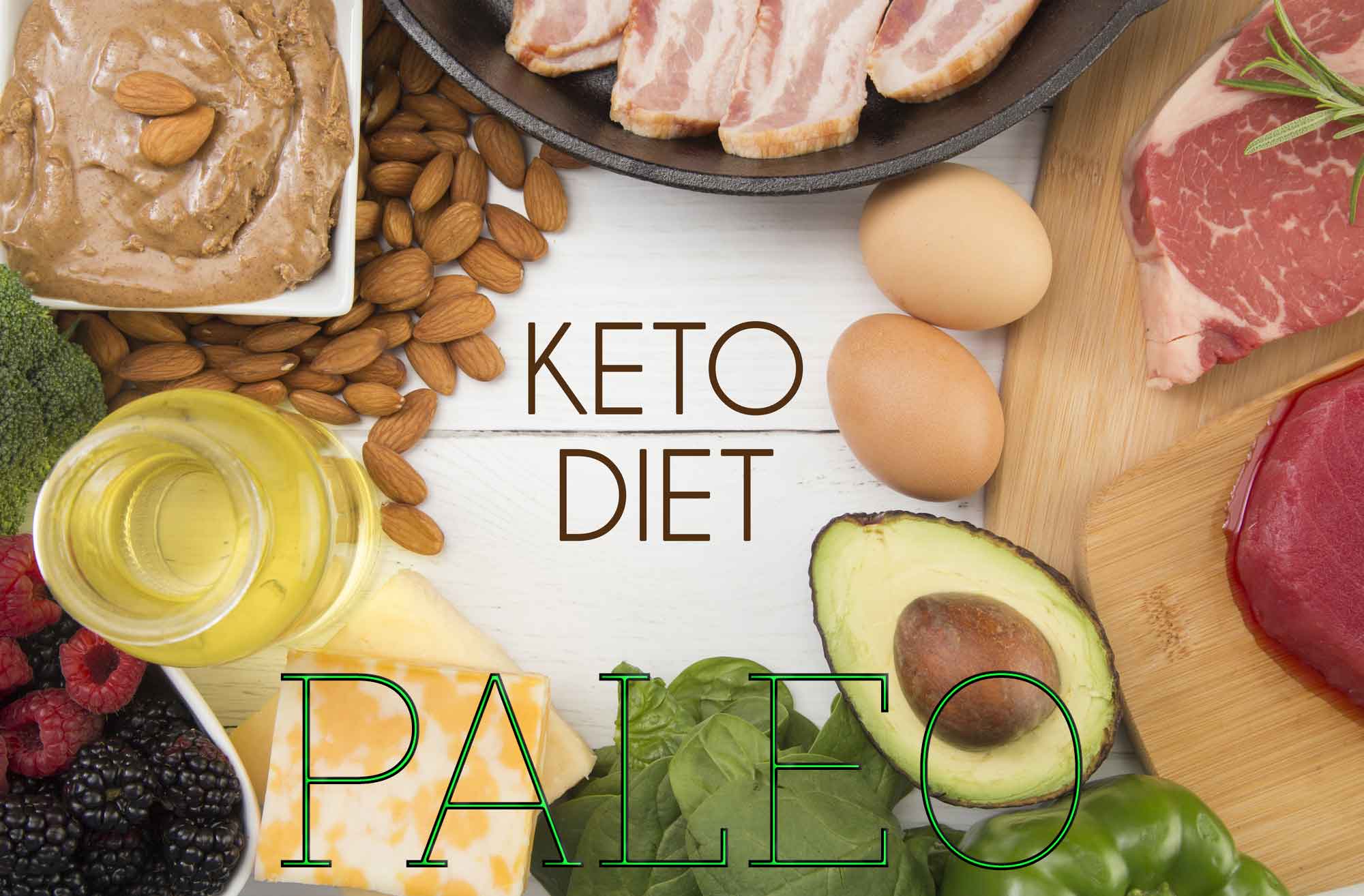Are Keto and Paleo the Same?
No. There are a number of differences in Paleo and ketogenic lifestyles. Before comparing them let’s cover the basics of each plan.
What is the Paleo Diet?
The basic idea behind the Paleo diet is that our paleolithic ancestors only ate whatever resources were available to hunt or forage. Foods such as grains (rice, pasta, etc.) or refined sugar were impossible. The Paleo diet prohibits the consumption of ingredients that early humans couldn’t access. Prohibited foods include:
- Grains
- Legumes (beans and peas)
- Refined sugars, artificial sweeteners
- Processed food and refined vegetable oils
Rules for the Paleo diet dictate that occasional consumption of the items below is acceptable, but regular eating of them introduces more foods into your diet that your ancient ancestors never would have encountered:
- Dairy
- Alcohol
- Starchy vegetables and high-sugar fruits
Which foods should you consume? Focus on quality—opt for pesticide-free fruits and vegetables, organic grass-fed for meats, and wild-caught seafood instead of farmed fish. The foods below are representative of ancient ingredients:
- Fish and seafood
- Grass-fed meats
- Low glycemic fruits and veggies (leafy greens, berries, etc.)
- Eggs
- Nuts and seeds
- Healthy oils (olive, coconut, walnut, flaxseed, and macadamia nut oils are all great)
What Makes a Keto Diet Different?
Keto appears similar to Paleo, but their philosophy and ideologies differ. While the Paleo diet mimics what humans were “intended” to eat, keto is meant to put your body into ketosis. It happens when your body uses fat as the primary fuel source for energy instead of carbohydrates. This is a natural response by your body in times of starvation, to keep you alive when food is scarce—basically, a “backup generator.”
If you stop fueling your furnace with carbohydrates, your body will automatically shift into backup mode and burn stored fat for fuel.
Keto focuses on a very similar set of foods but allows for the consumption of high-quality dairy and other fats. The macronutrients of the food you’re eating are imperative. Entering and maintaining a state of ketosis requires consuming up to 10% carbohydrates, 20-30% protein, and 70% fats within your daily caloric intake. To accurately determine these numbers, use a keto diet macro limits calculator that will provide you with the exact number of daily macros to consume.
Many advocates of the keto diet also practice intermittent fasting to speed up weight loss results. Intermittent fasting means that you give yourself a small window (usually 8-10 hours a day) to eat all of your daily calories/macros and then allow your body to fast (usually 14-16 hours a day) for the remainder of the day. This gives your body a chance to burn through all the fuel you’ve eaten and some of the excess fat around your hips.
Can You Combine Keto and Paleo?
Yes! Your diet doesn’t need to be keto versus Paleo. Your weight loss efforts will be healthier because you’re avoiding pre-processed and artificial ingredients most of the time. Watch your macros, especially net carbs, while you’re examining the ingredients in your meals.
Every Body is Different
Whether you choose keto vs. Paleo depends on the health of your body. Both diet philosophies are good to follow for weight loss. If you have other health concerns, there may be additional benefits for both ways of eating. Those with gut issues (IBS, leaky gut, gluten intolerance) might find relief by following the Paleo lifestyle. For more flexibility with daily eating, weight loss, and other conditions like diabetes or high blood pressure, the ketogenic diet could represent a better option. Keto has been shown to reverse type II diabetes and lower unhealthy cholesterol levels. Before starting either diet, make sure to talk with a professional familiar with your health condition.
Whichever way of eating you choose, get rid of belly fat. Obesity is a leading cause of diseases worldwide. Sticking to a diet plan— whether it’s keto or Paleo or another lifestyle—and maintaining a moderate level of regular exercise can do wonders for your health.

